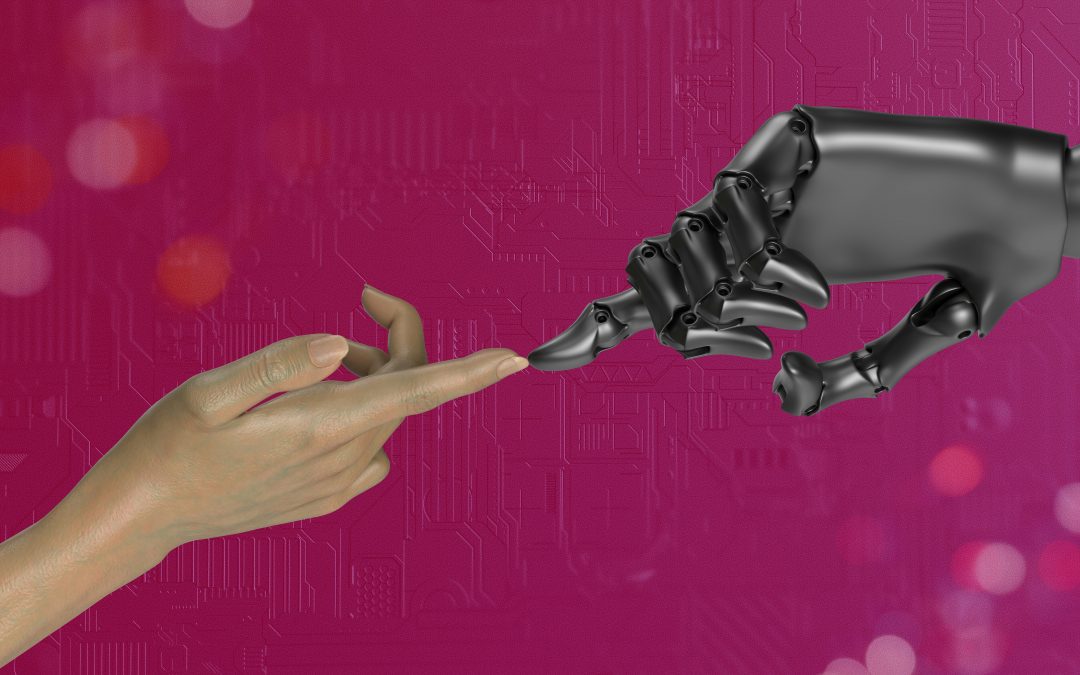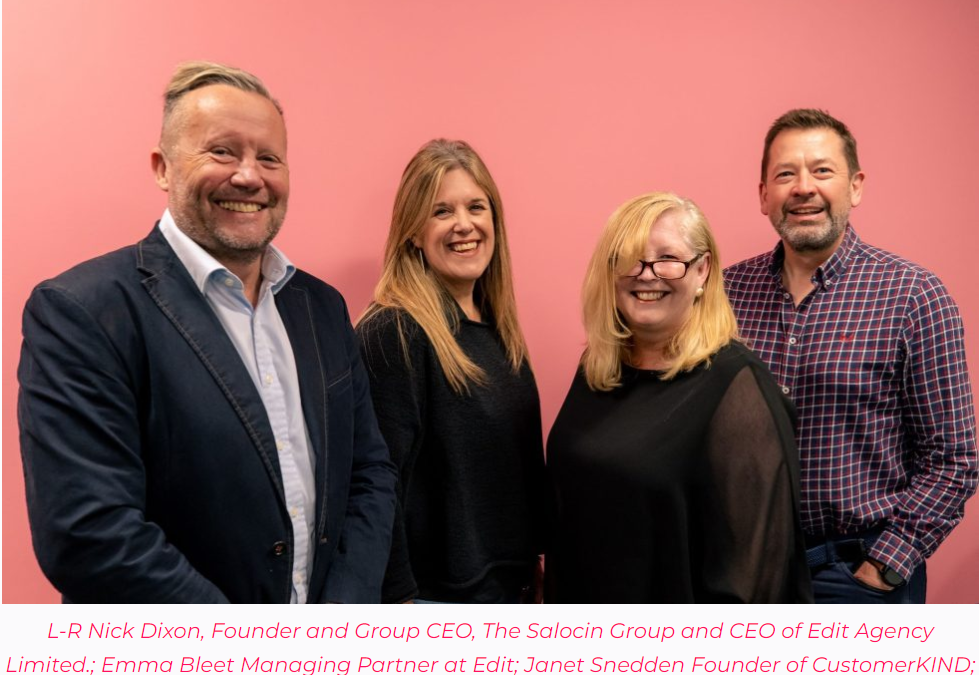While the recession might be front of mind, climate change remains a looming crisis. How do you face both at once? We look into why climate change remains an issue, how we’re reacting, the influence of the pandemic and what can be done to deal with it in a way that’s low-risk to your profits.
Let’s get into it…
Why should I care about climate change?
The electric power grid, water storage treatment and purification, transportation and telecommunications are all affected by climate hazards. Most were designed with tolerance levels for our existing climate. Our infrastructure – the backbone of the global economy, connecting people, enhancing quality of life, and promoting health and safety – is already bending and breaking under climate stress.
It’s an unpriced risk that has the potential to affect all kinds of industries. Accounting professor at the University of California, Paul Griffin, noted that “unpriced risk was the main cause of the Great Recession in 2007-2008”. He argued that extreme weather could lead to another recession in a study, published in Nature Energy, titled ‘Energy finance must account for extreme weather risk’.
Griffin stated:
“If the market doesn’t do a better job of accounting for climate, we could have a recession – the likes of which we’ve never seen before.”
How are we reacting to climate change?
To explore this question, it helps to think from different perspectives.
Consider leaders, consumers and brands and the dynamics that exist between the three as per the triangle below. Each will have different motivations in relation to climate change.
Leaders:
- Juggle many issues, short-term and long-term, and prioritise these to be as effective as possible.
- Face ever-increasing pressure from consumers and brands.
Consumers:
- Are becoming increasingly environmentally aware, expecting governments to act on climate change and to lead the way.
- See through greenwashing by brands and expect authentic and affordable environmentally-friendly solutions so they can live more sustainably.
Brands:
- Understand the pressure from consumers to be environmentally friendly, so act accordingly in search of profits for shareholders.
- Might lack confidence to go ‘all in’ on environmentally friendly solutions, for fear of financial risks.
Consider overlaying a new lens onto our entire triangle – this could be something geographical, generational or a global event, for instance. Right now, an obvious one is the pandemic.
This puts a different spin on things.
How is the pandemic affecting views on climate change?
We’ve been plunged into a whole new global emergency. Surviving the virus and associated economic impact is priority number one.
Climate change is incremental. Easy to become numb to. The virus, instead, is a big bang. Much harder to ignore.
The pandemic is affecting views on climate change in two ways:
- For some, deprioritising its importance. As the pandemic takes precedence in our short-term reality, all else is set aside. We must survive the pandemic and the recession, no matter what.
- For others, highlighting its importance. As the pandemic brings attention to our vulnerability, we are paying more attention to our environment, including the global climate emergency.
One is a short-term mindset, the other is a long-term mindset.
Personal circumstance dictates your own personal priorities, whether a leader, consumer or brand.
What can brands do to tackle climate change?
As one corner of the triangle, consider what actions you can take to mitigate climate change and where that might sit within your priorities.
- Consider the other two corners of the triangle.
Listen up. What moves are being made? How do you fit in? How can you start to influence the change you’d like to see happen? What is the value exchange with your opposite corners? Where your customers are concerned, you’ll want to know their position. Understanding your marketing data and using effective customer segmentation will help with this.
- Get your priorities in order.
What are your short-term priorities and long-term goals? How are your long-term goals reflected in your short-term actions? Taking a balanced view of short and long-term thinking is an intelligent approach. But, be realistic. Consider what’s within and outside your control as per point 1.
- Re-evaluate.
The world is changing at a fast pace. Revisit points 1+2 regularly to steer yourself through.
How the utilities sector responds to climate change
Energy companies are in a unique position when it comes to forming a response to climate change. Their industry is vital to keep the country moving but it was historically dependent on fossil fuels. How energy companies have responded to the three points mentioned above varies from company to company.
Their considerations of the other two corners of the triangle depends the audiences they’re targeting and their main selling points. For example, brands like Ecotricity, Bulb and Ovo Energy position themselves as green energy providers and so the audiences they attract are most likely consumers in these fields.
As far as priorities go, even traditional oil and gas brands like Shell have constructed a response to climate change and invest in means to reduce their carbon footprint. To get buy-in from consumers, it’s important to be transparent about what you’re doing – Bulb, for example, openly talk about how their electricity and gas is produced, and who their generators are, on their homepage.
But regardless of positioning, utility brands need to keep up to date with consumers, not to mention legislation from leaders, to inform their approaches to climate change and how to communicate it. In a recession, there’s also the issue of cost at the forefront of consumers’ minds. What’s the best way to find the right messaging? Use your marketing data. Understand who your customers are and what they want. That’ll give you the tools to nurture your customer relationships and maximise your profits while minimising your carbon footprint.
Edit’s strategic planning team are experts in balancing consumer needs with business objectives, prioritising what matters now, next and into the future. If you’ve got a challenge that would benefit from a fresh perspective, get in contact.










